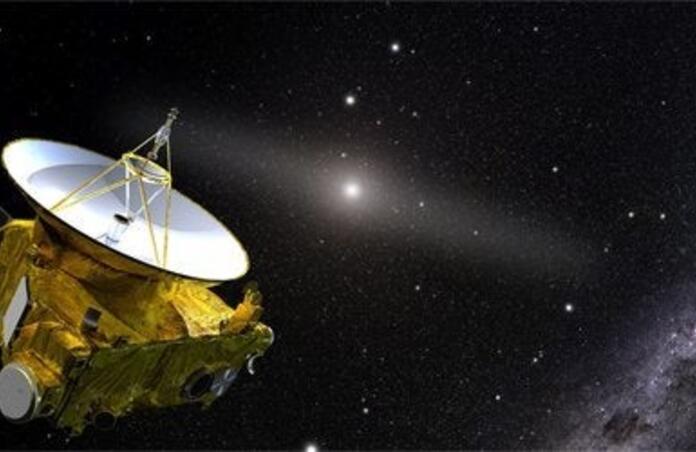Cosmic Optical Background Most Likely Significantly Brighter than Previously Thought

The cosmic optical background (COB) makes up a small section of the diffuse extragalactic background radiation (DEBRA), which is a photon field permeating all of space. In particular, the COB refers to the optical portion of this spectrum, 100 – 1000 nm. It is the sum of all optical light emissions. Last year, it was suggested that this portion of the DEBRA was significantly greater than had been previously anticipated, ~2.5 times greater, which did not seem to make sense, due to the observed number of galaxies being unable to account for a number this high.
Understanding the complete DEBRA spectrum grants meaningful insight into our universe, be it on astronomical scales, its involvement with stellar nucleosynthesis and assisting with large scale measurement, or on cosmological scales, helping us understand how mass and energy are distributed throughout space. As such, accurately identifying the absolute brightness of the optical background is a crucial piece in unravelling the cosmos.
Unfortunately, this has been previously been a challenge. On Earth, the atmosphere reflects and refracts this radiation, making measurements from here very unreliable. Even further away from Earth, imaging would still be subject to radiation emitted by the sun reflecting off nearby bodies, as well as all of the interplanetary dust and debris, which absorbs some of the radiation.
In 2006, NASA launched the New Horizon’s probe to perform studies of Pluto, as well as other bodies within the Kuiper Belt. Presently, the probe has cleared its first target, with the data being taken when the probe was 47 au from Earth. This grants it one of the clearest views out of our solar system, since it isn’t as susceptible to the shortcomings of performing such measurements closer to the Earth.
By analysing 529 images, of the thousands taken by the probe’s Long Range-Reconnaissance Imager (LASSI), a team, led by Teresa Symons, were able to provide the most robust estimate of the COB to date. They found the value to be (21.98 ± 1.23) x 10-9 W sr-1 m-2. This value is more precise, as well as slightly greater than the previously found value, derived with data from the same probe, last year, at (18.7 ± 3.8) x 10-9 W sr-1 m-2 in Tod Lauer et al. In spite of this, it serves to be a confirm that study is likely accurate and suggests we need to reassess our galaxy counts.
In spite of the distance the New Horizon probe was able to cover, it is still not fully exempt from interference. Much like any other attempt to accurately determine magnitude, much of the paper is dominated by removing these interfering sources in an attempt to fully isolate the target. In this case however, the process is significantly more involved, as the target is everything in frame, except for stellar, interstellar and galactic sources. These are followed by various corrections to account for optical scattering, light extinction and diffuse galactic light.
In Lauer et al, it is stated in the abstract that should the found values be correct, it would require an abnormally high number of galaxies to be omitted from counts. However, at this point, their findings were all but confirmed. Now, it presents another great mystery, as the source of this excess light needs to be identified. The paper states that it hopes that current studies being undertaken at the lead Author’s institution may aid in shedding some light on these discrepencies.
--
Relevant Articles: T. Symons et al, A Measurement of the Cosmic Optical Background and Diffuse Galactic Light Scaling from theR < 50 AU New Horizons-LORRI Data, The Astrophysical Journal, Vol. , No. ,2022
T. Lauer et al, New Horizons Observations of the Cosmic Optical Background, The Astrophysical Journal, Vol. 906, No. 2, 2021
Cover Image: NASA; J. Olmsted/STScI
